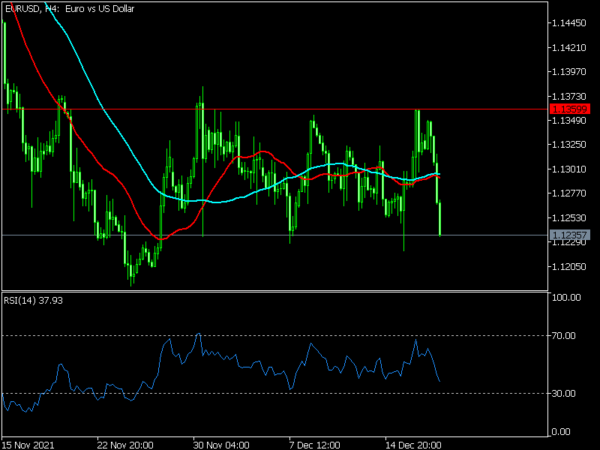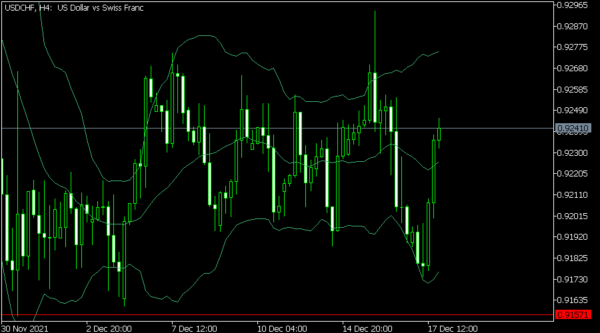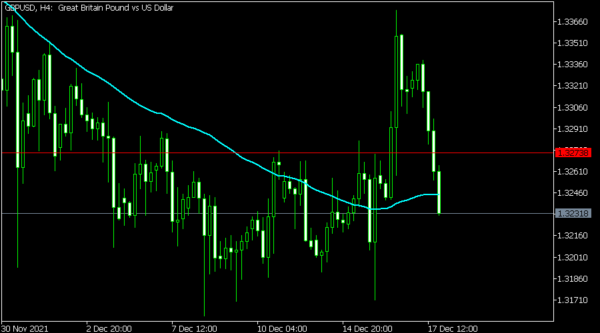The euro declined against the US dollar as worries over the Omicron variant continued. During the weekend, more countries in the European Union continued to record a sharp increase in the number of cases. As a result, the Netherlands became the first country in the bloc to re-enter a strict nationwide lockdown as the number of cases jumped. The country will lead to closures of all bars, restaurants, and other non-essential businesses until at least January 14th. Homes will only be allowed to invite a maximum of four people during the Christmas holiday. At the same time, Germany announced that it will restrict UK travelers. They will need a negative test and quarantine for about 14 days.
The British pound also declined as the number of Covid cases reportedly continued rising. The country is recording thousands of new cases, pushing experts to recommend new restrictions. These restrictions could lead to significantly higher inflation and a slowdown of the UK economy. At the same time, the sterling is also declining because of the ongoing political crisis in the UK. During the weekend, it was reported that Lord Frost, the Brexit minister, had announced his resignation from Boris Johnson’s administration. Other ministers are expected to resign.
The economic calendar will not have any major events today. Earlier today, New Zealand published strong export and import numbers. These numbers signal that the country’s economy is doing relatively well. There will be no other data that will be published today. Therefore, investors will focus on the rising number of Covid-19 cases and last week’s interest rate decisions. The Fed hinted that it will hike interest rates three times next year. The ECB hinted that it will be a bit cautious in the coming meetings, while the Bank of England hiked rates by 0.25%.
EURUSD
The four-hour chart shows that the EUR/USD pair found a strong resistance level at 1.3560. The pair struggled to move above that level several times last week. It has now moved below the 25-day and 50-day moving average as the sell-off intensifies. Its oscillators like the Relative Strength Index (RSI) and the MACD have declined. Therefore, the pair will likely keep falling as bears target the key support level at 1.1185.
USDCHF
The USDCHF pair jumped sharply as investors reflected on the interest rate decisions by the Fed and the Swiss National Bank. The pair rose to a high of 0.9241, which was the highest level since Wednesday last week. It moved above the key support level at 0.9157. It also moved above the 25-day moving average and is along the upper line of the Bollinger Bands. Therefore, the pair will likely keep rising today.
GBPUSD
The GBPUSD pair retreated on Monday, continuing the losses that started on Friday. The pair declined to a low of 1.3230, which was significantly lower than last week’s high of 1.3375. On the four-hour chart, the pair moved below the key support level at 1.3273, which was the highest point since December 13th. It also moved below the 25-day moving average. Therefore, the pair will likely keep falling as bears target the key support at 1.3150.















